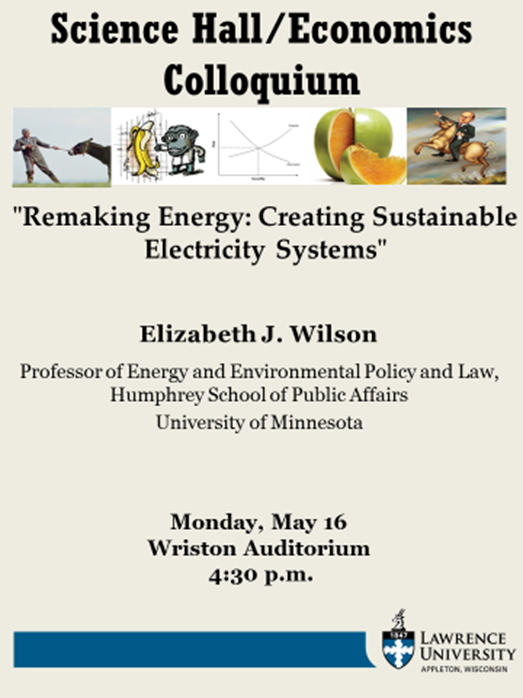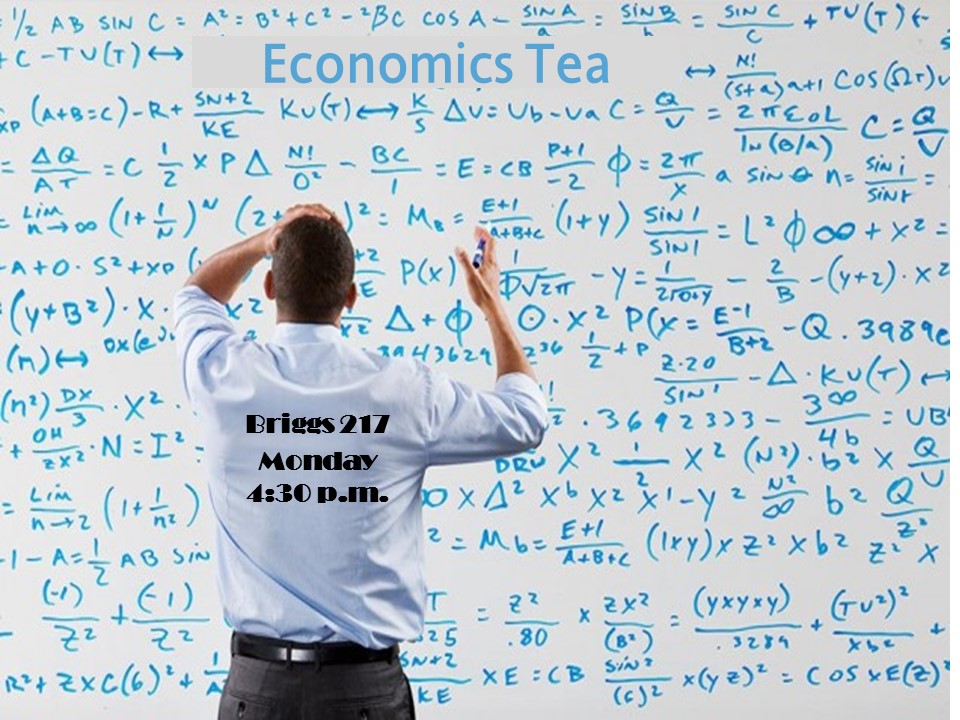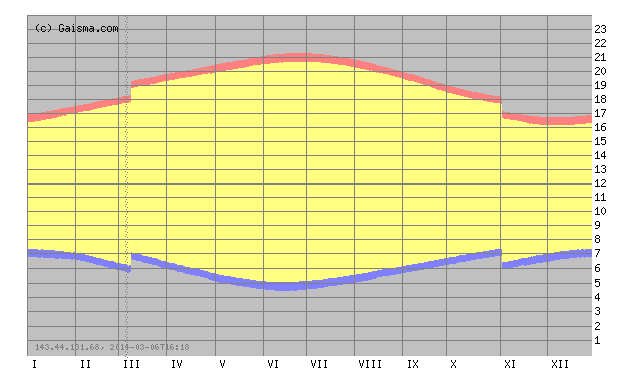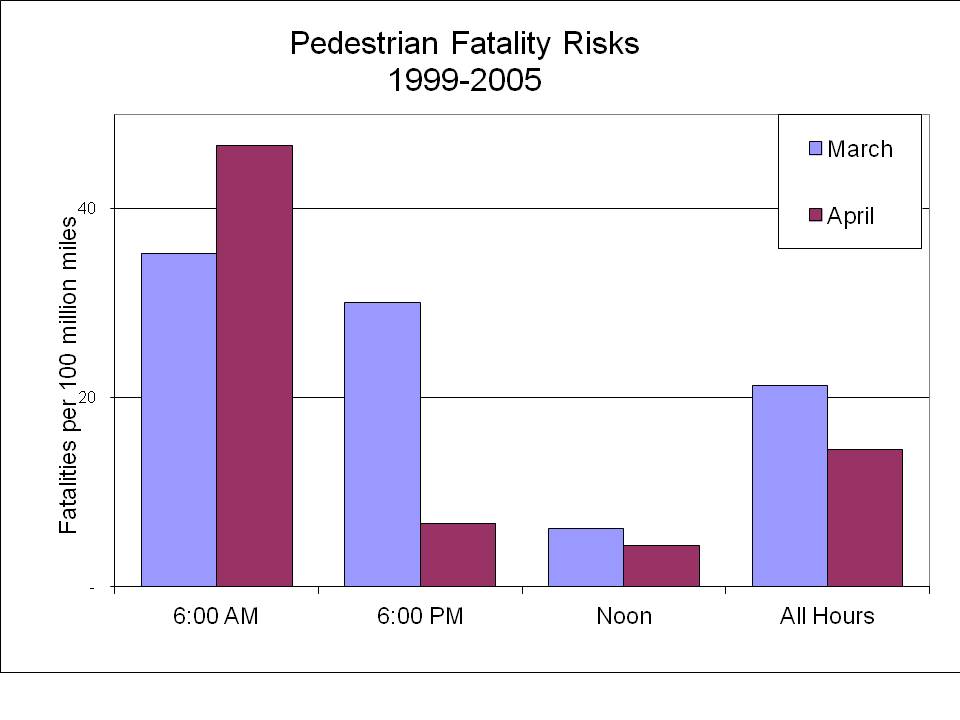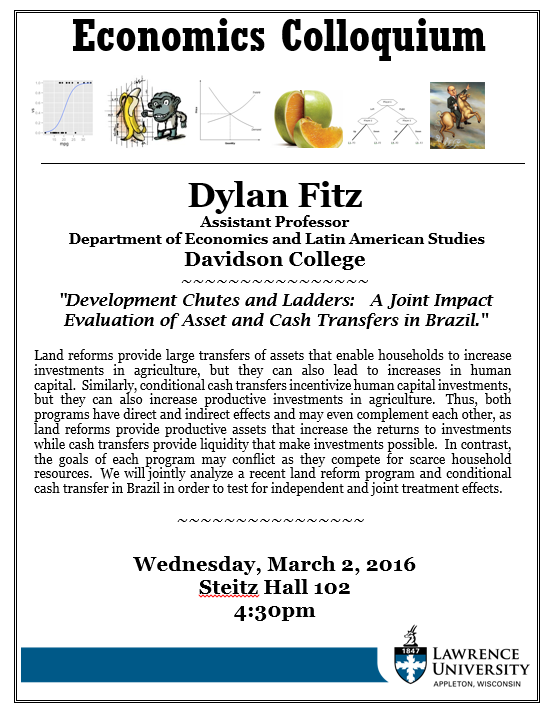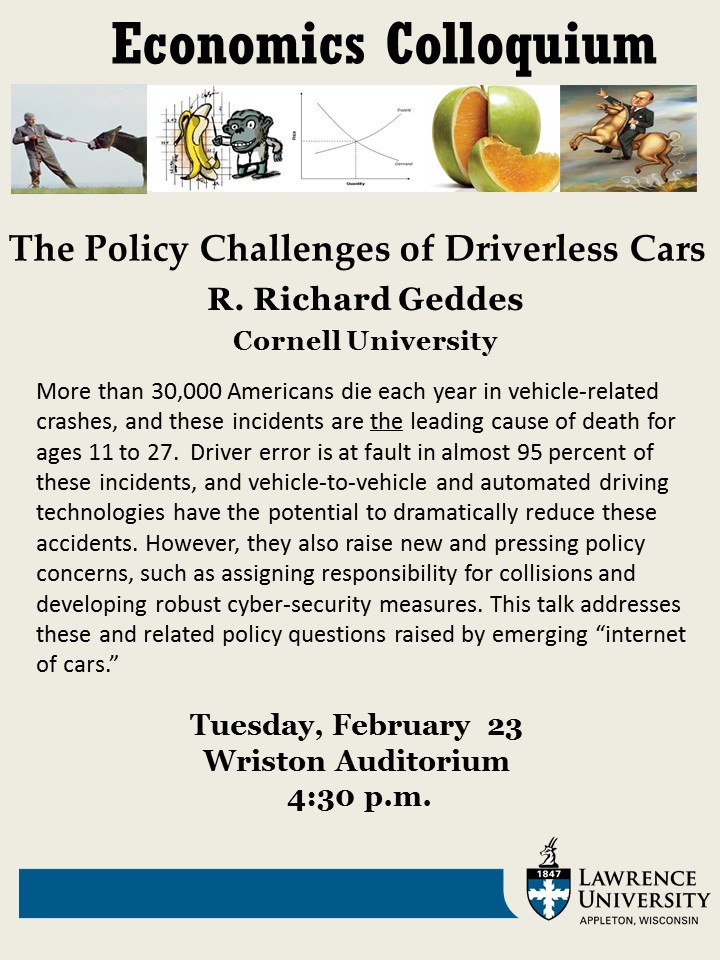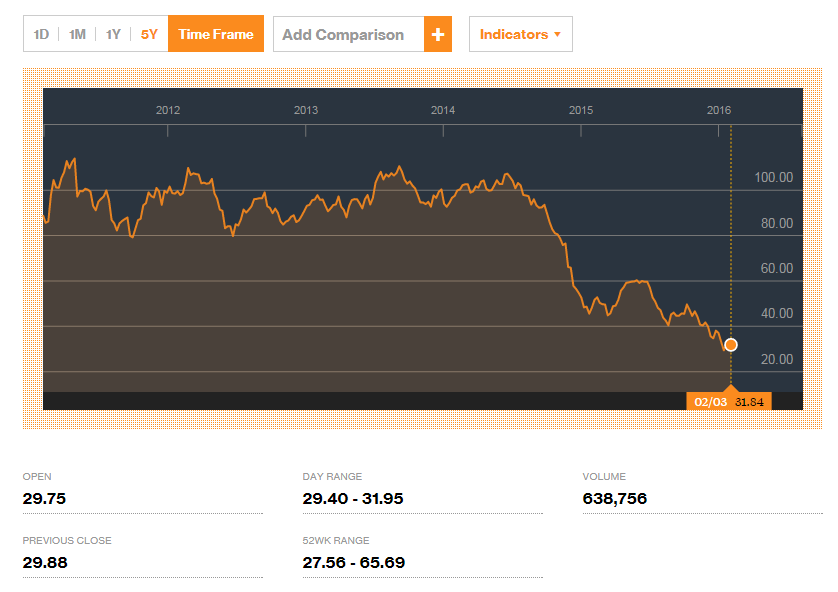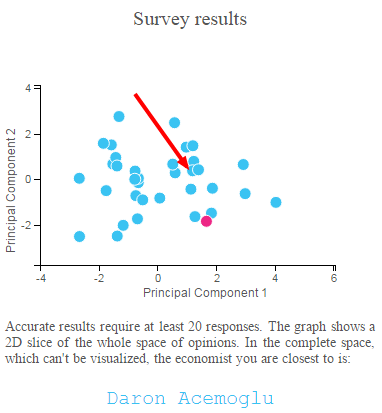Professor Elizabeth J. Wilson from the Humphrey School of Public Policy at the University of Minnesota will be here Monday to talk about the (potential) future of electricity systems.
Professor Wilson is a rather extraordinary interdisciplinary scholar, with a background in environmental science and a Ph.D. in Engineering & Public Policy from Carnegie Mellon University. She is the recipient of one of the inaugural (2016) Andrew Carnegie Fellowships for her project “Nuclear Futures in a Windy World: A Comparative Analysis Balancing Energy Security, Climate Change, and Economic Development.” She will spend the 2016-17 academic year in Denmark working on that.
Here is a blurb of her talking about sustainability and interdisciplinary research.
We will see you there.
